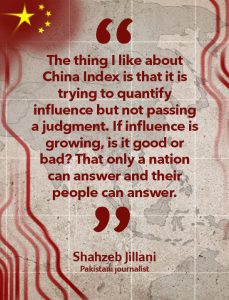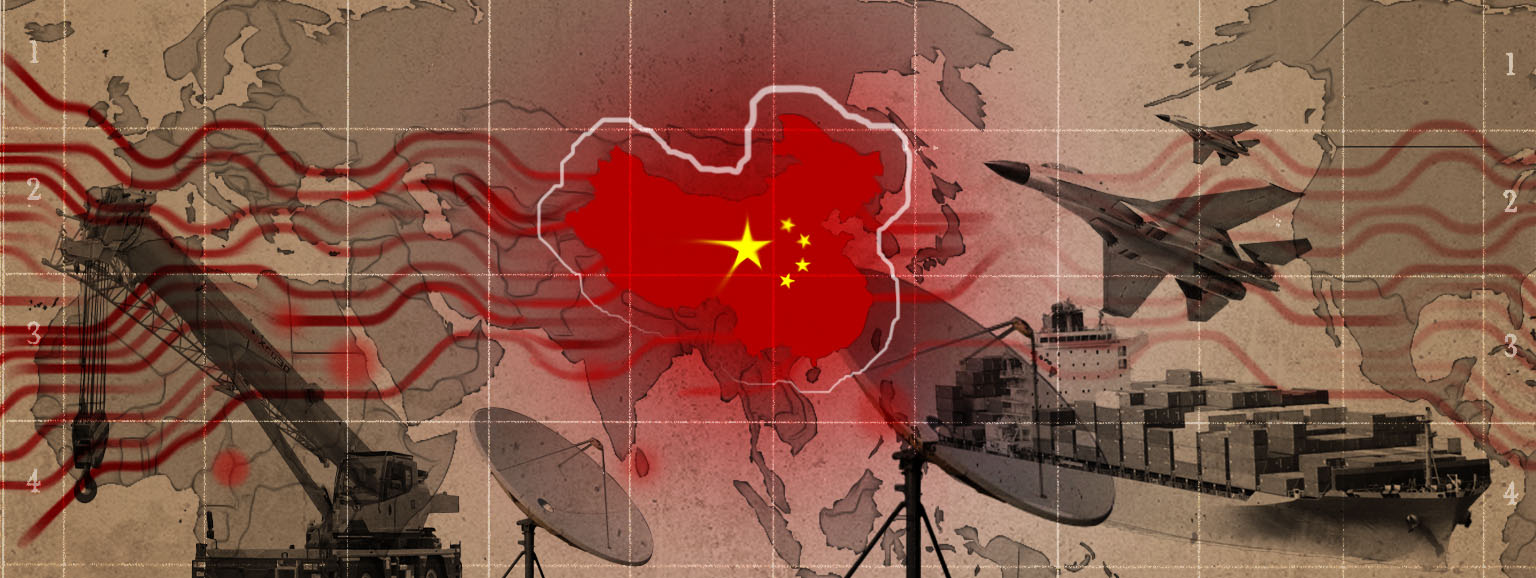|
Getting your Trinity Audio player ready...
|
S
hahzeb Jillani thought he had a good grasp of the extent of China’s influence on Pakistan. The veteran Pakistani journalist has spent more than 20 years reporting to and from the South Asian country for global news organizations. And so when he was tapped as the expert who would compile research on Pakistan for the China Index 2022, he was more than confident that his years of experience would serve him well.
But when the Index was relaunched at the recent China in the World conference in Berlin, Jillani admitted, “When I started working on this project, I had a sense that Pakistan will figure high on the list. But I did not expect that it would be right at the top.”
The Index is “the first cross-regional project to objectively measure and visualize the People’s Republic of China (PRC)’s overseas influence through comparable data” in nine “domains” or areas from 82 countries. It was conducted and published by the China in the World network, an initiative of Doublethink Lab, a Taiwan-based anti-disinformation NGO.
China’s rising influence is now a global concern. “China’s economic and political footprint has expanded so quickly that many countries, even those with relatively strong state and civil society institutions, have struggled to grapple with the implications,” wrote Erik Brattberg and Evan A. Feigenbaum in an October 2021 paper published on the Carnegie Endowment for International Peace website.
Doublethink Lab organized the two-day China in the World conference, which brought together stakeholders researching the Asian giant’s global influence and its disinformation strategies. Experts from all over the world discussed topics ranging from China in the Balkans to the country’s influence on media in the Global South.
Germany is the highest-ranking European country in the Index. Pakistan, however, is the country most exposed to Beijing’s influence, according to the Index. Seven other Asian countries are in its Top 10.
99 questions
From a regional perspective, China has a wide footprint in East and Southeast Asia. In the Index, the region has an average overall China influence score of 48%. The world average is 32.3%; Europe’s average overall influence score is 24.3%.
The rankings do not merely reflect the opinions of Jillani and the other experts involved in the Index. They all responded to questions about China’s activities in their country in nine areas, with each area having 11 queries: academia, domestic politics, economy, foreign policy, law enforcement, media, military, society, and technology.
Min Hsuan Wu, cofounder and CEO of DoubleThink Lab, told ADC: “Every country answers the 99 questions. If they say ‘yes,’ [they need to] attach the evidence and reference.” The graded responses to all the questions are then summed up to determine the rankings.
| China Index 2022 top 10 | |||
| Rank | Country | Original score | Most influenced domains |
| 1 | Pakistan | 242 / 380 | Technology, Foreign Policy, Military |
| 2 | Cambodia | 233 / 376 | Law Enforcement, Military, Foreign Policy |
| 3 | Singapore | 228 / 384 | Technology, Academia, Economy |
| 4 | Thailand | 226 / 384 | Military, Law Enforcement, Technology |
| 5 | Peru | 219 / 396 | Society, Media, Military |
| 5 | South Africa | 219 / 396 | Technology, Foreign Policy, Domestic Politics |
| 7 | Philippines | 204 / 380 | Domestic Politics, Law Enforcement, Technology |
| 8 | Kyrgyzstan | 206 / 384 | Technology, Law Enforcement, Foreign Policy |
| 9 | Tajikistan | 194 / 396 | Economy, Foreign Policy, Technology |
| 10 | Malaysia | 189 / 388 | Law Enforcement, Technology, Economy, Society |
| Source: China in the World, Doublethink Lab |
|||
How to use the Index
The Index is more than a ranking. It’s a rich database that citizens, researchers, and policymakers can mine for insights as they chart their strategies to counter China’s pervasive influence. Among Beijing’s activities, after all, are Confucius Institutes in colleges and universities around the world, all-expenses-paid media tours in China, journalistic exchanges, investment, and research partnerships.
Wu said that different stakeholders can choose indicators in a specific domain — such as Media, for example — to focus on and work to reduce that indicator in their country. This domain evaluates how the PRC influences public debate and media coverage about China in the Index country.
Civil-society groups and policymakers can look at a country with a low media domain score like Vietnam and compare it with a country with a high media domain score, such as Taiwan. Wu said, “They can then determine whether there’s a policy-level effort that can be implemented.”
|
Lessons from a low scorer |
||
| Taiwan (Media domain score: 81.8%) |
Vietnam (Media domain score: 10.0%) |
|
| Indicator | Response | Response |
| 1. In my country, there are media organizations that belong to the World Chinese Media (世界华文媒体) network. | Yes Answer (1 / 4) |
No Answer (0 / 4) |
| 2. In my country, there are journalists or media organizations that are members of the Belt and Road Media Cooperation Alliance/Union, the Belt and Road News Alliance, or other Belt and Road media networks that connected to the PRC (e.g., Belt and Road Media Community, Belt and Road Journalists Network, Belt and Road News Network, or B&R TV Networks). | Yes Answer (3 / 4) |
No Answer (0 / 4) |
| 3. In my country, there are journalists, media organizations, or online influencers who have attended all-expenses-paid media tours in PRC. | Yes Answer (4 / 4) |
No Answer (0 / 4) |
| 4. In my country, there are journalists, media organizations, or online influencers who have received training from PRC state-owned media or PRC-connected entities. | Yes Answer (2 / 4) |
No Answer (0 / 4) |
| 5. In my country, PRC state media (including print, radio, and video) is broadcasted or distributed in a local language. | Yes Answer (4 / 4) |
No Answer (0 / 4) |
| 6. In my country, there are local media outlets wholly or partly owned by PRC citizens or corporations. | Yes Answer (3 / 4) |
Yes Answer (1 / 4) |
| 7. In my country, there are media outlets that have delivered cheap or free content provided by PRC state-fund media. | Yes Answer (3 / 4) |
No Answer (0 / 4) |
| 8. In my country, there are regular PRC state media or government advertisements inserted within local newspapers, online news websites, or social media. | Yes Answer (4 / 4) |
No Answer (0 / 4) |
| 9. In my country, there are journalists who have had pressure exerted on them by the PRC, including (but not limited to) public denouncement, revocation of journalist ID, and denial of visa. | Yes Answer (4 / 4) |
No Answer (0 / 4) |
| 10. In my country, there are incidents of media outlets censoring views critical of the PRC government. | Yes Answer (4 / 4) |
Skip* |
| 11. In my country, there are media personalities (including reporters, journalists, or commentators) or celebrities who deny the existence of human rights abuses in the PRC (e.g., a media personality that doubts there are re-education camps for Uyghurs in Xinjiang). | Yes Answer (4 / 4) |
Yes Answer (3 / 4) |
| *Local experts are allowed to skip indicators when they are not applicable or supporting evidence is confidential. Source: China in the World, Doublethink Lab |
||
A Taiwanese case study
Last year, the China in the World network invited proposals from civil-society groups that wanted to develop projects or activities related to the beta version of the China Index in 2021. Economic Democracy Union (EDU), a civil-society group in Taiwan that aims to resist “Chinese political and commercial influences while safeguarding the democratic governance, sovereignty, and economic independence” of the island nation, received a grant.
EDU was inspired by the Index domains to understand Chinese influence in a more holistic way, said David Green, Doublethink Labs’ media liaison. “Their analysis was previously very focused on … the economy,” he explained in an email, “but the Index helped them widen their lens to consider instances of elite capture, not just in Taiwan but in places like Singapore, which is where the parent companies of some important Taiwan-focused firms reside.”
EDU documented and published on its website “seven cases of how Chinese capital and other influences threaten Taiwan, demonstrating the impacts of these cases to the general public,” reports Doublethink Lab. “EDU traced how Chinese capital influences major companies and platforms, including Singapore-based eCommerce company Shopee, Hong Kong-based travel platform Klook, as well as several major Taiwanese companies, including the bank CTBC.”

 The value of the Index is that it allows researchers, civil-society groups, and policymakers to better grasp the nuances of China’s global influence activities, compare data across countries, and find agreement about how to help their country.
The value of the Index is that it allows researchers, civil-society groups, and policymakers to better grasp the nuances of China’s global influence activities, compare data across countries, and find agreement about how to help their country.
Journalist Jillani said that the Index provides Pakistanis a framework for citizens to assess a relationship with China that many perceive to be “a dignified relationship.” A press release quoted him as saying as well: “One can only hope that this will encourage Pakistanis to debate the pros and cons of the relationship and what it could mean for the future.”
“The thing I like about China Index is that it is trying to quantify influence but not passing a judgment,” Jillani said at the Index’s relaunch in Berlin. “If influence is growing, is it good or bad? That only a nation can answer and their people can answer.”◉



















